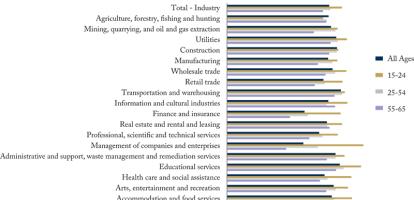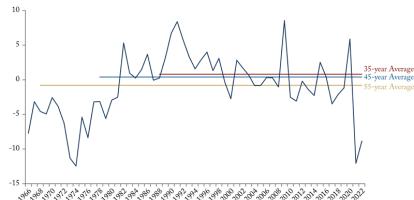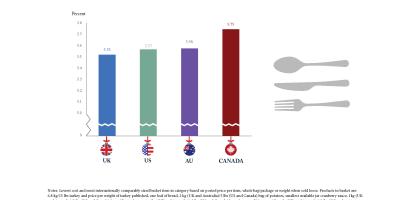In this edition of Graphic Intelligence, we show the National Energy Board’s base case projection for growth in Western Canadian Sedimentary Base (WCSB) oil production relative to current and planned expansions of pipeline capacity (Enbridge Line 3, Keystone XL, and Trans Mountain Expansion) for exports from Western Canada.
Pipeline projects have faced delays, owing to adverse court decisions: for Trans Mountain, the August decision of the Federal Court of Appeal that ruled the federal government had failed to adequately consult affected Indigenous peoples; for Keystone XL, a U.S. District Court decision that held the environmental impact statement insufficient. With these setbacks, the road forward for getting new pipeline capacity built is far from certain.
To see this visually, click on the tabs at the bottom of the graph, which illustrate different scenarios of capacity and constraints as a result of adding three pipelines: Enbridge Line 3, Keystone XL, and Trans Mountain Expansion, in that order.
These capacity constraints have imposed significant challenges on policymakers trying to respond to the supply glut for crude oil and bitumen in the Western Canada Sedimentary Basin.
To learn more about the capacity constraints and their impact on oil prices, read “Alberta faces tough choices on discounted oil prices: could auctioning pipeline capacity be an option?” by Grant Bishop.




